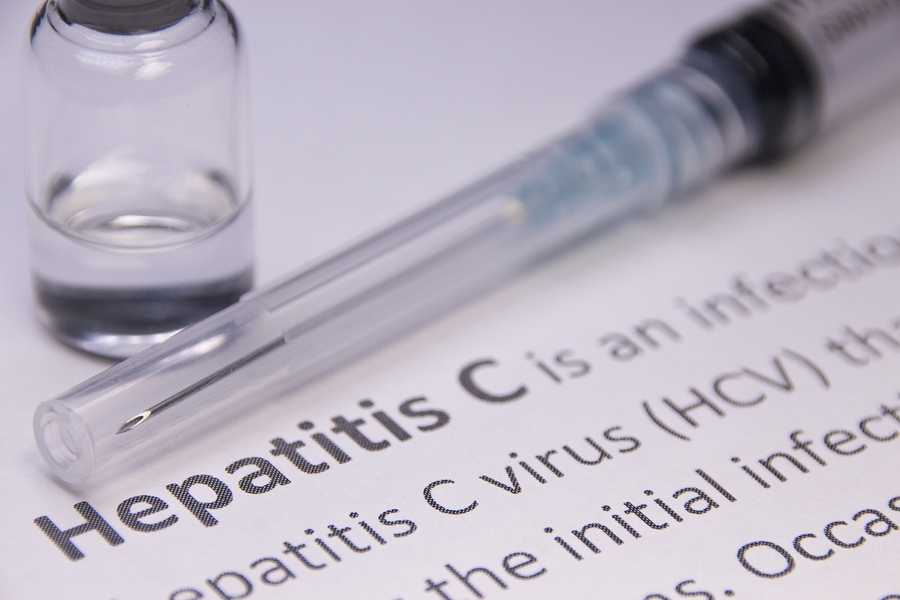In a recent article in Forbes, MIT Sloan School of Management visiting scientist Mark Trusheim and co-author Peter B. Bach, a physician at Memorial Sloan Kettering Cancer Center in New York, propose a startling response to the prevalence of hepatitis C and the high cost of the leading therapy: The U.S. government should not just pay for the pills — they should buy their maker.
The pharmaceutical company Gilead sells hepatitis C drugs that have 80 percent market share at an estimated average cost per patient as high as $42,000 per curative treatment course. In clinical studies it’s shown to halt, and in some cases reverse, liver damage caused by the disease. “In this unique case … there is an intersection of a clear winning therapy, large public health need, slow adoption, high product pricing,” and a solid business case, say the authors.
By taking the unorthodox approach of buying Gilead and divesting the parts not related to U.S. hepatitis C treatment, the United States “will make [the therapy] affordable to rapidly treat the 2.7 million Americans that the CDC estimates still have hepatitis C,” and save money in the long run, compared to the traditional approach of reimbursing for treatments, Trusheim and Bach say.
This unprecedented solution, backed by a break-up analysis and financial cost-benefit calculations, fulfills another public aim: “Improving the health and wellbeing of the U.S. is the very objective of public investment in research, medical care, and in this one case, the stock market,” the authors assert.
“In a desire to cure more patients faster, we discovered that private equity financial tools could provide a more effective route than what the current drug purchasing approaches are achieving,” said Trusheim, who is also a strategic director of the MIT NEW Drug Development ParadIGmS (NEWDIGS) initiative. NEWDIGS convenes a broad sample of healthcare stakeholders — including global leaders in research, development, insurance, regulation, clinical care, and patient advocacy — to develop and pilot innovative biomedical innovation practices that benefit all.
Current hepatitis C treatment costs are limiting their impact on patient care. “Science is making remarkable treatments possible,” said Gigi Hirsch, executive director of NEWDIGS and the MIT Center for Biomedical Innovation. “The creativity and analytic rigor that Peter and Mark demonstrate in this proposal stimulate the kinds of collaborative discussions we need to overcome the financial barriers between patients and the medicines they need.”






